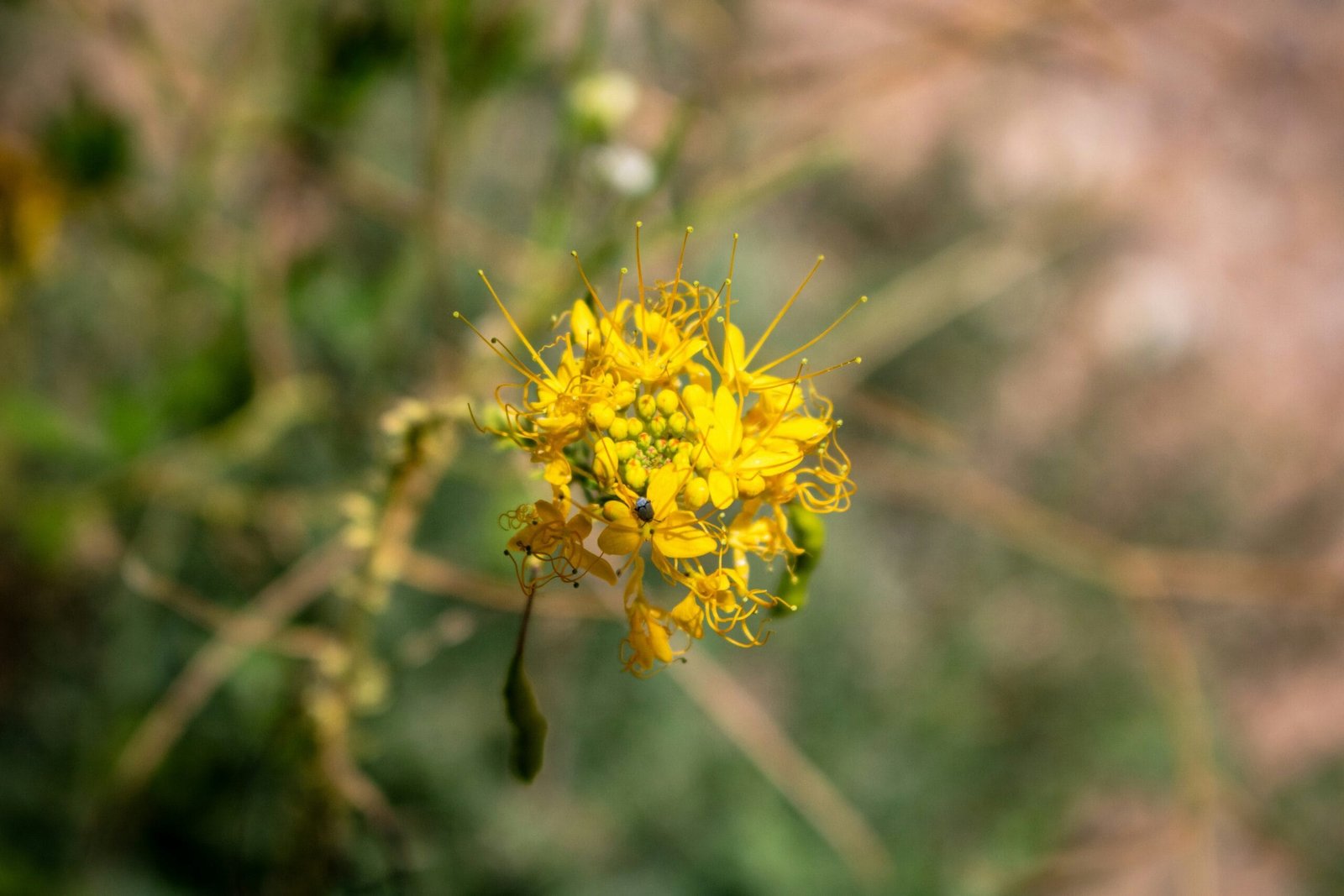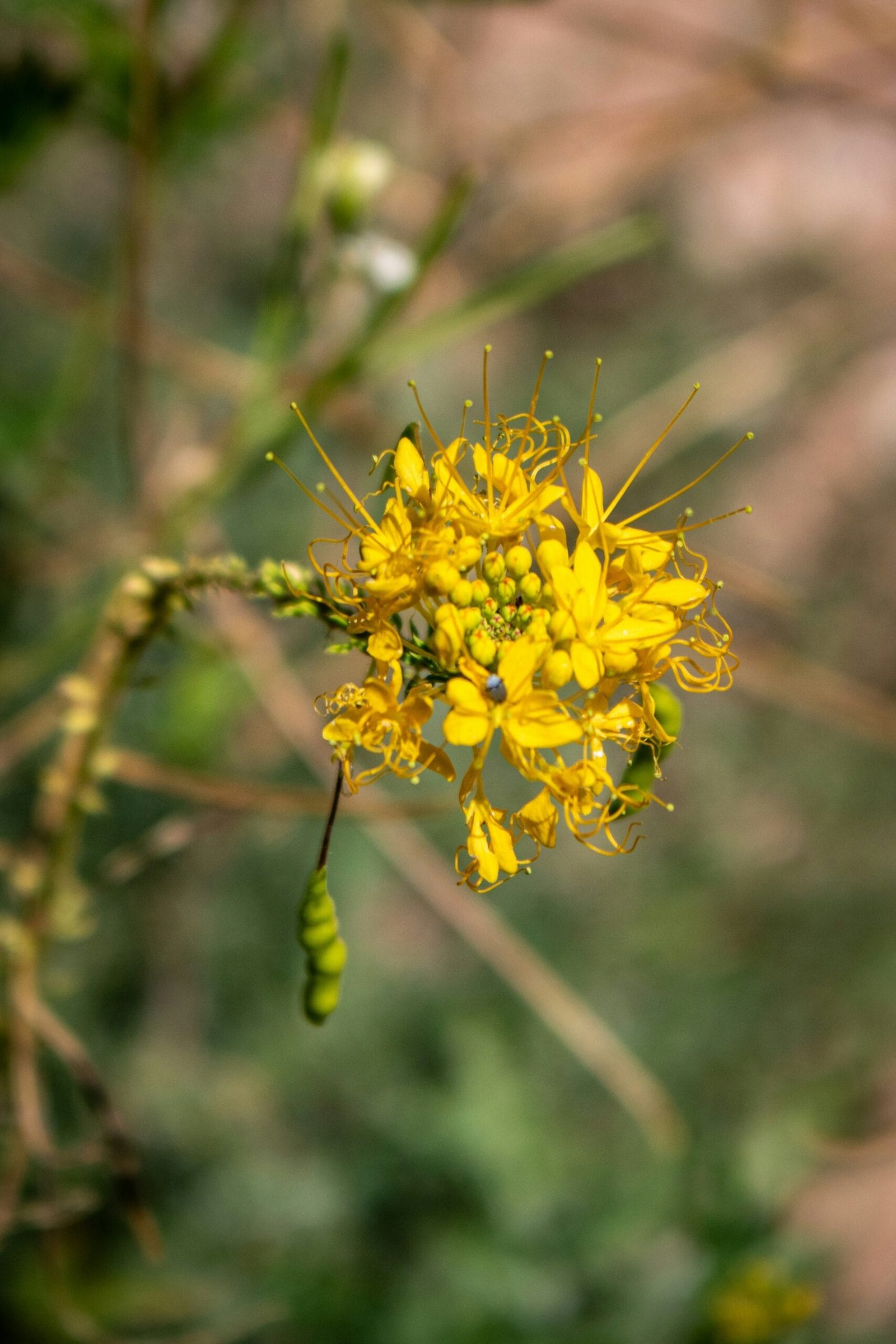Have you ever wondered how to improve soil drainage for your Nopal cactus? This question might seem simple, but getting it right is essential for the health and growth of your succulent friend. The Nopal cactus, also known as the prickly pear, is a resilient and hardy plant. However, like all plants, it has some specific needs that, if not met, can affect its ability to thrive. Among these needs, proper soil drainage is paramount. Let’s unravel the secrets to creating an ideal environment for your Nopal cactus, focusing on how you can enhance soil drainage effectively.

Understanding the Importance of Proper Drainage
First, let’s talk about why soil drainage is so crucial for your Nopal cactus. Cacti, including Nopal, are native to arid and semi-arid regions where water is scarce. These plants have evolved to survive in conditions with little moisture, storing water in their thick pads. When they are overwatered, their roots can easily rot, leading to the plant’s decline. This makes well-drained soil essential for preventing such issues and ensuring your cactus thrives.
Signs of Poor Drainage
Recognizing the symptoms of inadequate drainage is the first step in addressing the problem. Look out for:
- Yellowing Pads: When drainage is poor, waterlogging occurs, causing the pads to turn yellow due to root rot.
- Soft or Mushy Texture: Cactus pads may become soft as they retain excess moisture.
- Foul Odor: If you detect a rotting smell at the base, it’s likely due to overwatering and poor drainage.
Benefits of Improving Drainage
Enhancing soil drainage has numerous benefits, including:
- Healthy Root Development: Well-drained soil ensures the roots are oxygenated and not waterlogged, promoting better growth.
- Disease Prevention: Proper drainage reduces the risk of fungal infections and bacteria that thrive in damp conditions.
- Optimal Growth: With improved drainage, your Nopal cactus will grow more robust and vibrant.
Choosing the Right Soil
Now, let’s discuss selecting the appropriate soil for your cactus. The ideal soil mix should mimic its natural habitat conditions—dry, gritty, and low in nutrients.
Key Soil Components
For optimal drainage and nutrition, consider the following components when preparing your soil mix:
| Component | Description |
|---|---|
| Sand | Coarse sand helps with drainage by creating a loose structure that doesn’t compact easily. |
| Perlite | A volcanic glass that improves aeration in the soil and retains some moisture without becoming soggy. |
| Pumice | Adds lightweight texture to the soil, promoting both drainage and aeration. |
| Gravel | Larger particles that further enhance drainage and prevent soil compaction. |
| Cactus Soil | A pre-mixed option designed for succulents; can be enhanced with the components mentioned above. |
DIY Cactus Soil Mix
You can make your own well-draining soil mix by combining these materials. Here’s a simple recipe:
- 2 parts coarse sand
- 1 part perlite
- 1 part pumice
- 1 part regular potting soil or organic matter
Mix these components thoroughly to ensure an even distribution. This mix will create an environment that drains excess water while retaining the necessary moisture for your cactus.
Container Selection
The type of container you select can significantly impact the drainage of your soil. Let’s explore what factors you should consider when picking a pot for your Nopal cactus.
Material Matters
Choose containers made from breathable materials to enhance drainage:
- Terracotta and Clay Pots: These are highly recommended because they allow excess moisture to evaporate through their porous surfaces.
- Plastic Pots: While cost-effective, these retain moisture longer, so ensure they have sufficient drainage holes.
Drainage Holes are Crucial
Ensure any pot you choose has multiple drainage holes at the bottom. Without them, water can accumulate and lead to root rot. If your favorite container lacks holes, consider drilling them yourself or placing a smaller pot with holes inside it.
Techniques to Improve Soil Drainage
Besides soil and container choices, certain techniques can further enhance drainage. These practices can be easily incorporated into your gardening routine.
Bottom Layer of Gravel
Add a layer of gravel or small stones at the bottom of your pot before adding soil. This layer improves drainage, allowing water to pass through the substrate more quickly and preventing over-saturation.
Proper Watering Techniques
Knowing how to water your Nopal cactus is just as important as soil and pot selection. Here are some tips:
- Soak and Dry: Water your cactus thoroughly, then allow the soil to dry completely before watering again.
- Monitor Rainfall: If your cactus is outdoors, keep an eye on the weather. Excess rain may require protection or enhanced drainage methods to prevent flooding.
Elevate Your Pots
If you are concerned about water pooling beneath your pots, elevate them using pot feet or stands. This promotes air circulation and ensures water does not settle at the base.

Repotting and Maintenance
Regular maintenance is vital for ensuring the long-term health of your Nopal cactus. Here, we’ll discuss how repotting plays a role in maintaining optimal soil drainage.
When to Repot
Typically, cacti are repotted every 2-3 years. Signs that it’s time to repot include:
- Roots Visible at Drainage Holes: This indicates that the plant has outgrown its current pot.
- Compacted Soil: Over time, soil can become compacted, reducing its ability to drain effectively.
Step-by-Step Repotting Guide
- Prepare the New Pot: Choose a slightly larger pot with good drainage and add a gravel layer.
- Remove the Cactus: Carefully remove the cactus from its current pot, handling with gloves or tongs to avoid prickles.
- Inspect the Roots: Trim any damaged or rotting roots before repotting.
- Add Fresh Soil: Place the cactus in the new pot and fill it with your prepared soil mix.
- Let It Settle: After repotting, allow the plant to adjust for a few days before watering.
Common Mistakes and How to Avoid Them
Mistakes are part of learning, but with some insights, you can sidestep common pitfalls in caring for your Nopal cactus.
Overwatering
Overwatering is the most frequent error. To avoid it:
- Stick to a scheduled watering routine.
- Always check soil moisture before watering with a wooden stick or moisture meter.
Ignoring Light Requirements
Light and drainage go hand-in-hand for cactus health. Ensure your Nopal gets plenty of bright, indirect sunlight to prevent stress and support its growth.
Neglecting to Adjust Seasonally
Cacti have different water needs depending on the season. Reduce watering significantly during the plant’s dormant winter phase.

Conclusion
Improving soil drainage for your Nopal cactus might initially seem challenging, but with careful attention to soil composition, pot selection, and watering techniques, you can create an optimal growing environment. Remember, a healthy cactus is characterized by vibrant pads and a strong structure, courtesy of proper drainage and care. With these tips, your Nopal cactus will flourish, adding beauty and vitality to your space. Keep nurturing your green companion, and you’ll reap the rewards of a thriving, resilient plant.

